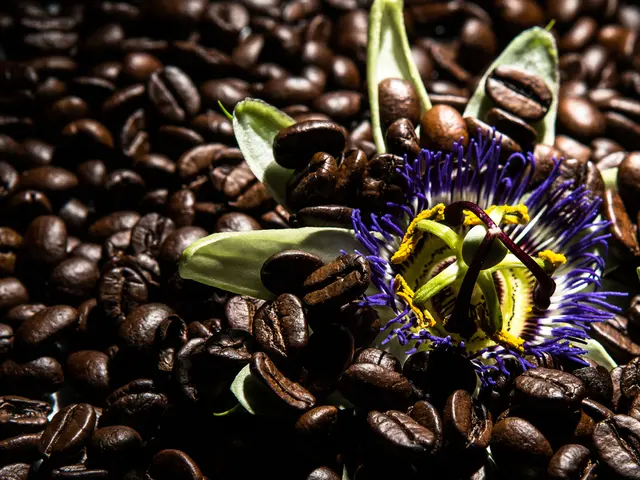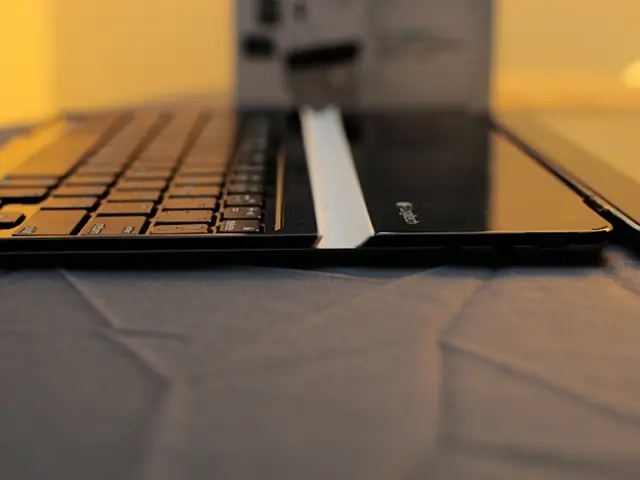Strategies for Minimizing Plastic Use in Your Bathroom
In the pursuit of a greener lifestyle, CHOICE, an independent consumer advocacy group, offers expert advice on transitioning to a low-plastic bathroom routine. This shift may seem daunting, but with the right approach, it can be both manageable and rewarding.
Starting small is key. Replacing everything at once could create more waste and be expensive. Instead, consider gradually building habits that reduce plastic waste and water usage.
Personal Care Products
Swapping common items for eco-friendly alternatives is a great starting point. Opt for plastic-free options such as a bamboo toothbrush, bar soap, shampoo and conditioner bars, and reusable cotton rounds. These choices not only reduce plastic waste but also contribute to a more sustainable lifestyle.
Reusable and Refillable Products
Adopting reusable and refillable products is another step towards a low-plastic bathroom. Consider using refillable spray bottles and beeswax wraps for storage instead of plastic wraps.
Replacing Disposable Items
Replace disposable items such as plastic razors with a safety razor, and paper towels with reusable cloths like microfiber or old cotton fabric. These changes may take some getting used to, but they are essential for a sustainable bathroom.
Water Conservation
Conserving water is another crucial aspect of a low-plastic bathroom routine. Installing low-flow showerheads, shortening shower times, and turning off taps while brushing teeth or washing your face can significantly support sustainability.
Sustainable Cleaning Solutions
Consider using DIY natural cleaners and reusable cleaning tools to avoid plastic packaging. Simple solutions like vinegar, bicarb soda, and essential oils can serve as effective alternatives to liquid toilet cleaner.
Starting these changes gradually—by swapping just a few items first—makes the transition manageable and helps build sustainable habits that reduce plastic waste in your bathroom over time.
Many beauty products contain water as a main ingredient. Buying more concentrated products or switching to 100%-oil products can reduce plastic waste and carbon emissions from transport. Many workplaces now have recycling programs for certain items, and many supermarkets stock alternatives to plastic products.
For some products, it can be hard to find plastic-free replacements, so recycling them is the next best thing. Companies like TerraCycle facilitate the recycling of a variety of beauty products and bathroom packaging.
It's easier than ever to find reusable beauty and hygiene products. Examples include period undies, reusable menstrual pads, or a menstrual cup instead of tampons and menstrual pads, reusable makeup-removal pads, an old-school metal razor instead of plastic disposable razors or razor heads, and enamel cups, bamboo plates, and food storage containers as alternatives to plastic bath toys.
Some companies have packaging return programs and will often reward you for bringing back your empty plastic pots or empty cosmetics containers. Examples include Lush, The Body Shop, L'Occitane, and M.AC.
Spent coffee grounds make an excellent body scrub, and sugar or salt mixed with oil can be used as a moisturizing exfoliant. Some stores have drop-off points for recycling, while others let you post your packaging back to the manufacturer.
Some companies will give store credit for sending them recyclable products, making it a win-win for you and the environment. Jojoba, rose hip, and other oils are suitable for most skin types and often cheaper than buying moisturizers. They can be bought in glass bottles.
Remember, adjustment may be necessary when switching to non-plastic options, as they feel and act differently from their traditional counterparts. However, the benefits to our environment and our health make these changes worthwhile.
By making these simple changes, we can all contribute to a cleaner, greener future.








